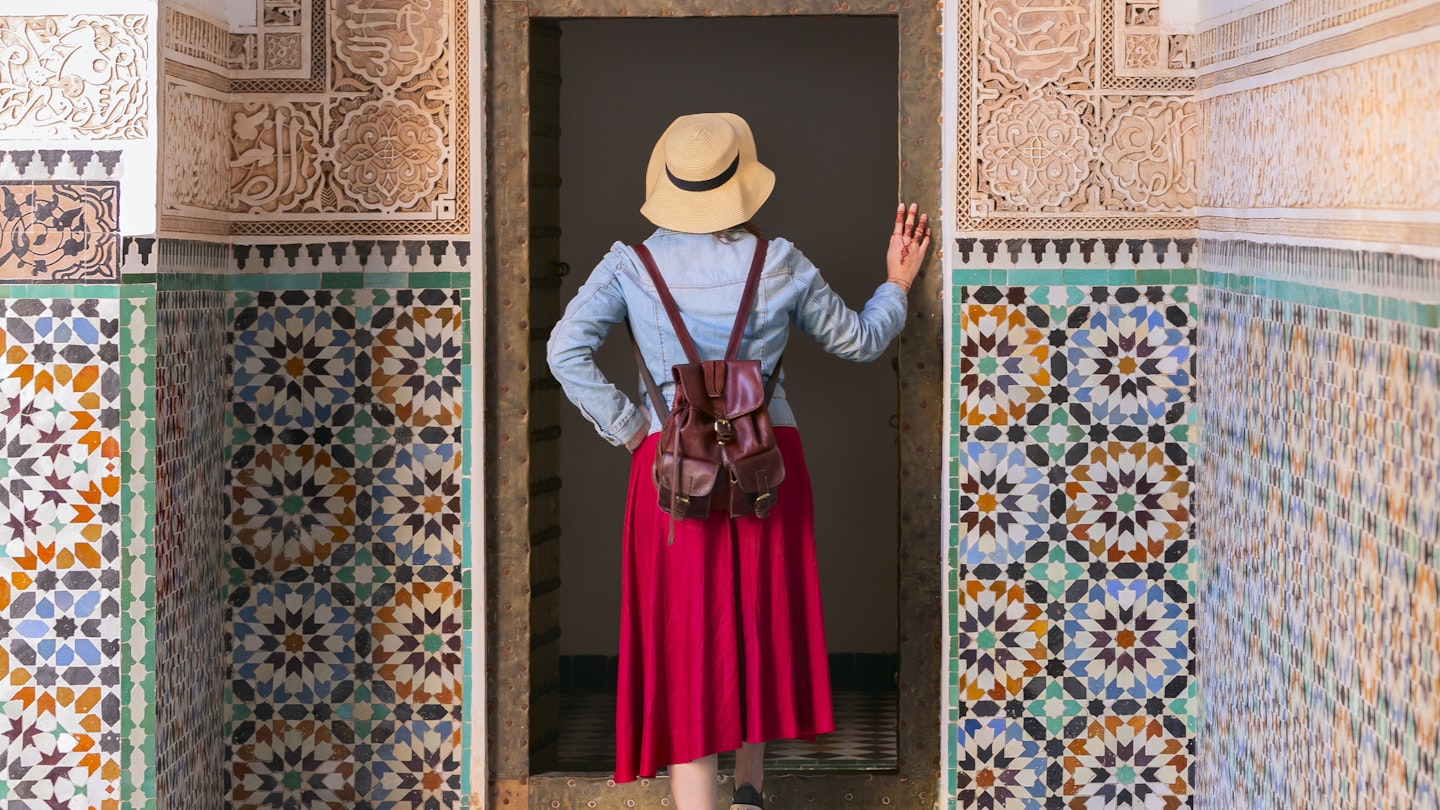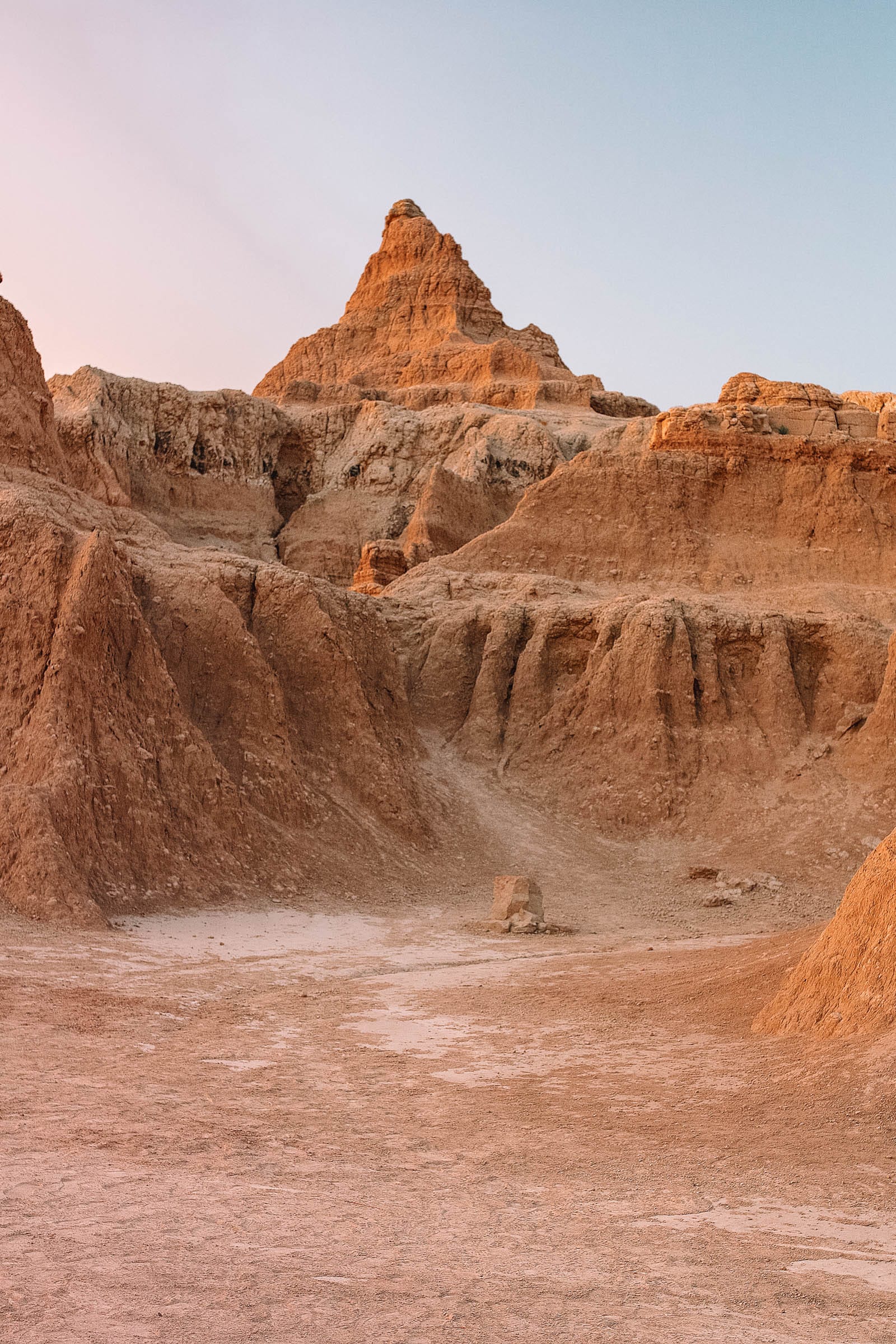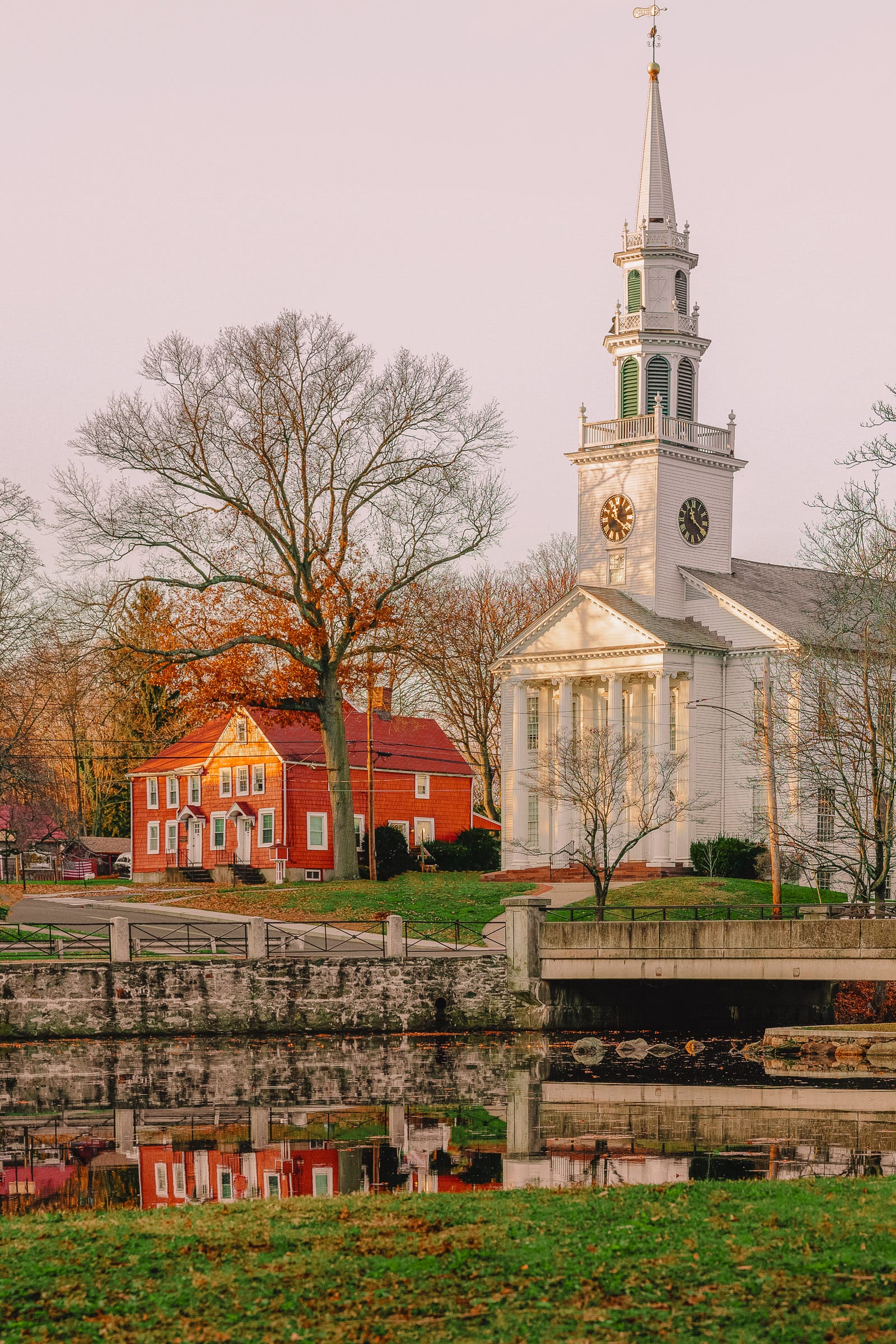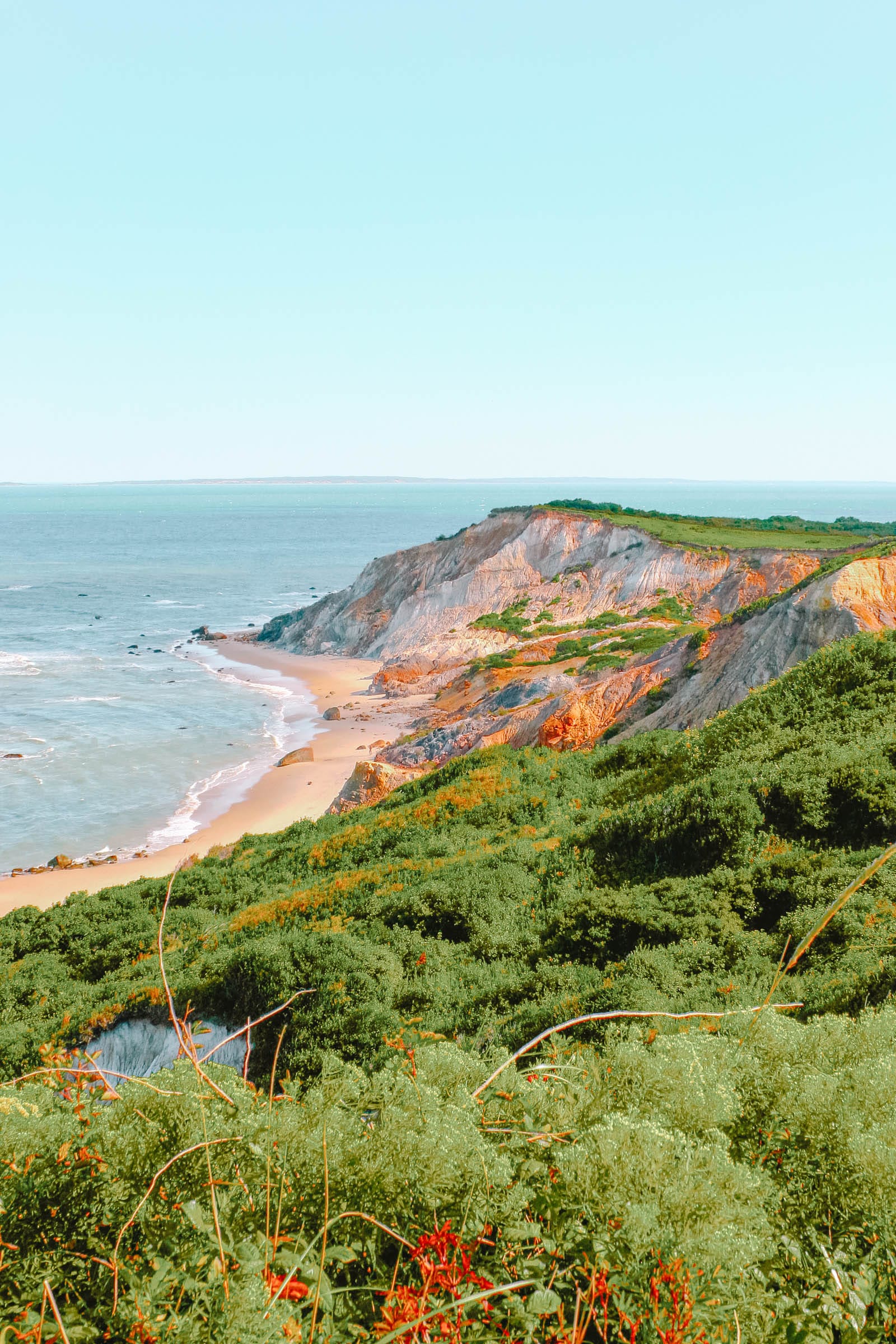Summary
- Plan Your Days Prior to Arrival
- Arrange an Airport Transfer or Use the Local Bus
- Hone Your Negotiation Skills in Advance
- Be Wise About the Street Food You Eat
- Stay Current
- Dress Like a Local for a Comfortable Experience
- Don’t Avoid Visiting Marrakesh Just Because It’s Ramadan
- Local Table Manners
- When It Comes to Love, Discretion Is Key
- Knowing a Few Words of Darija Will Earn You Points
- Problems You May Encounter in Marrakesh
- Keep These Must-Have Items in Your Day Bag

I resided in Marrakesh full-time for nearly a decade with no intention of leaving. My existence in Morocco was vibrant, diverse, and perpetually inspiring for a curious and creative individual like myself. Today, the city’s allure and enchantment continue to draw me back.
I shall never grow weary of exploring the narrow passageways of the Marrakesh medina, pausing for a nouss nouss at Cafe des Epices or admiring the art deco architecture throughout my Gueliz neighborhood, stepping inside to discover independent art galleries.
Picturesque guesthouses and chefs putting innovative spins on local cuisine also contribute to the city’s charm. The design scene in Marrakesh is unparalleled and, in my view, distinctive within Morocco as traditional artisans showcase their crafts alongside contemporary designers, thereby introducing new elements to traditional techniques.
A sojourn in Marrakesh is not merely about checking off attractions from a must-see list but rather aims to wander—stumbling upon a historic site and observing the world from a street-side cafe. The city itself is an attraction. Allocate three days to see the primary historical sites, savor local cuisine, and indulge in some shopping; however, design enthusiasts could easily spend an entire week here.

1. Plan Your Days Prior to Arrival
While spontaneous wandering and fortuitous encounters have their merits, Marrakesh holds the title of Morocco’s premier tourist destination, with guided tours, activities, and dining establishments often reserving many days, weeks, or even months in advance.
Jardin Majorelle and the adjacent Musée Yves Saint Laurent necessitate advance arrangements through their respective websites. To secure a table at sought-after restaurants such as +61, La Famille, and Nomad, it is advisable to arrange these prior to arrival to secure optimal availability.
2. Arrange an Airport Transfer or Use the Local Bus
It is prudent to organize an airport transfer through your accommodation provider to ensure a seamless arrival. Taxis have gained a reputation for overcharging clients, despite established fare structures. A city bus circulates regularly from the airport to Djemaa el Fna and various destinations within Gueliz for Dh30 (cash only). Locate the bus stop beyond the waiting taxis, adjacent to the car rental offices.
3. Hone Your Negotiation Skills in Advance
From bargaining in souqs to negotiating fares with taxi drivers, the art of negotiation is a common practice in Marrakesh. Vendors often present a price, and the buyer is anticipated to haggle to arrive at an agreeable price. It is suggested to pay an amount that the goods are worth to you. You may discover the same items priced differently elsewhere; however, is that worth causing concern? This is an integral part of the Moroccan experience.
Before entering a taxi, ascertain a fare if the meter is either not activated or is malfunctioning. The fare within Marrakesh city limits should not exceed Dh30 if the meter operates properly. Daytime rates commence at Dh1.70, rising to Dh2.40 during nighttime hours, with increases based on distance. Should the meter fail, negotiate the fare beforehand and ensure you possess small bills and coins to provide the exact amount agreed upon (this will include any tips).

4. Be Wise About the Street Food You Eat
Some of the most delightful cuisine is found at street vendors in Marrakesh. When selecting a dining location, observe how many locals are enjoying the local delicacies such as msemen (pancakes), harira (soup), or a tajine. At Djemaa el Fna, choose stalls where the meals are prepared before your eyes.
5. Stay Current
Morocco’s Dirham operates as a closed currency, allowing visitors to enter and exit with a maximum of 1,000 Dirhams. Most ATMs will dispense up to Dh2,000 per transaction, with a daily limit of Dh4,000 per bank card, though this may vary by bank. Expect all institutions to charge a fee.
For optimal currency exchange rates, consider visiting Hotel Ali in Djemaa el Fna or Hotel Farouq on Avenue Hassan II near the train station.
6. Dress Like a Local for a Comfortable Experience
I recommend that women avoid wearing crop tops and short shorts while exploring the Marrakesh medina, a traditionally significant neighborhood. Instead, choose dresses that extend below the knee or trousers and a shirt that covers the shoulders. Men should consider knee-length shorts or trousers for comfort. For navigating the cobblestone and uneven paths, closed-toe flats are the best option.
7. Don’t Avoid Visiting Marrakesh Just Because It’s Ramadan
Refrain from postponing a visit to Marrakesh during Ramadan; it offers a unique glimpse into this rich cultural tradition. Locals anticipate that visitors may wish to eat and drink in public, and guides will accompany you at meals without objection. During this sacred month, it is crucial to remain thoughtful about alcohol consumption.

8. Local Table Manners
When accepting a sample of olives or dates in the souqs, or sharing a tajine with locals, always utilize your right hand for eating. Should you be invited into a local’s residence, arriving with some sweet treats will be appreciated, with local bakeries—Amoud, Pâtisserie Amandine, and Café 16—being favored choices.
9. When It Comes to Love, Discretion Is Key
Public displays of affection between unmarried Moroccan men and women are not typically acceptable. It is illegal for an unmarried Moroccan to reserve a hotel room or self-catering unit with a non-Moroccan individual. Discretion is encouraged concerning expressing affection toward partners, regardless of nationality or sexual orientation.
10. Knowing a Few Words of Darija Will Earn You Points
Although those employed in tourism often have multilingual abilities, with English becoming increasingly prevalent, acquiring basic phrases in Darija (Moroccan Arabic) will yield respect. Upon entering a shop, greeting fellow customers and shopkeepers with an “Assalaamu alaykum” (peace be upon you) and responding with “Wa alaykum ssalaam”. Terms such as “Chakrun” for thank you, “la chakrun” for no thank you, and “afak” for please are also beneficial.

11. Problems You May Encounter in Marrakesh
Encountering a faux guide in the medina or a person on a bicycle alleging to be associated with your hotel, offering visits to the Berber market or other notable sites, may lead you to a relative’s carpet or spice shop. A polite yet firm “no thank you” is typically adequate as you proceed confidently in your intended direction.
While it may be exasperating, becoming lost in the Marrakesh medina forms a part of the adventure; however, should this occur, maintain self-assurance in your destination. If necessary, seek assistance from an elder gentleman in the souqs for directions. If engaging a local youth for guidance, be prepared to offer compensation for their help (approximately Dh20 is reasonable).
Ironically in plain clothes, police are commonly present in the medina to assist and take tourist concerns seriously. A central police station is situated in Djemaa el Fna.
Additionally, it is noteworthy that despite a recent magnitude seven earthquake in September 2023, with significant impact near Marrakesh, occurrences of natural disasters within the city are infrequent.
12. Keep These Must-Have Items in Your Day Bag
Brushing one’s teeth with tap water is unlikely to result in health issues; nevertheless, it is advisable to consume bottled or filtered water for hydration. Hand sanitizer and wet wipes are essential for days spent exploring, shopping, and dining. Always carry a pack of tissues for bathrooms that may lack toilet paper.




